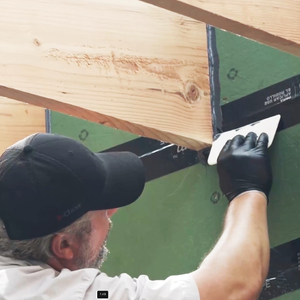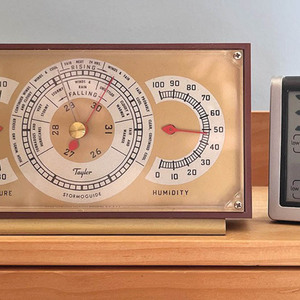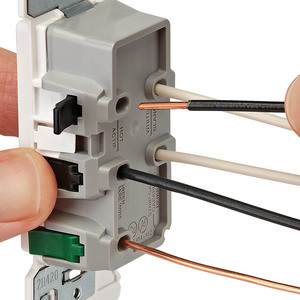Hi all. I’m in the middle of bathroom remodel in my 50 yo home. Regarding my sink drain, I would like to replace a 2′ section of 2 1/4″ steel drain pipe that appears to be threaded into my cast iron stack/vent (at sanitary tee?)and replace it with pvc. I say “appears” because I can see the threads on the pipe going into the cast iron stack but I never before heard of threads in a cast iron stack. I don’t want to attempt to turn this pipe(and break the cast iron) if the threaded end of the steel pipe is welded/glued/soldered into the cast iron stack. Is it likely that this steel drain pipe is simply threaded into my cast iron stack? Thanks for all opinions.


















Replies
Yes, it is threaded into the cast iron. It is also rusted tight and so fused together that it might as well be welded. I think that your best bet is to cut it leaving enough to use a rubber coupling to make the connection.
It appears that something (pink pipe dope?) was applied to the threads when it was threaded in because I can see this dried out material somewhat caked around the threaded joint. Would this mean that it is more likely that it can be threaded out, or do you still think that it is rusted and fused together? Also, is it that easy to break the cast iron by putting a lot of torque on the steel pipe using a large pipe wrench?
I doubt that the cast iron will break if you try to unscrew the steel. More likely is that the steel will crush from the wrench or break at the joint. If it breaks you may have to cut out and replace the cast iron. Much simpler to cut the steel to a stub that you can use a coupling to mate with your new pipe.
Hey Rick,
A picture would help a lot, but....the steel pipe is either leaded into the hub of a fitting or threaded into a fitting leaded into a hub or a MaGiver Connection was used,regardless remove the pipe .
First try a good size pipe wrench 18 in. min. probably a 24 in, with a cheater .
If that does not work geta sawsall and cut off the pipe close to the hub of the fitting[1 in +-] drill out the lead and packing remove pipe and packing clean out hub.
If inside of pipe looks clean when cutting get a rubber coupling with a stainless collar and just connect.
good luck
dave
How big is the stack?
Is the vertical stack pipe galvanized or black cast iron.
You probably have one of two possibilities.
One, is a galvanized threaded pipe that is screwed into a durham fitting, or you have a galvanized pipe that is caulked into a hub & spigot system.
"The nearest thing to eternal life we will ever see on this earth is a government program." - Ronald Reagan
The verticle stack is cast iron. It is not black so I guess it is not black cast iron. Where the threaded steel/iron pipe connects to the stack there is a sanitary tee connected to the stack via hub and spigot. Is it possible that the cast iron sanitary tee is hub and spigot for the vertical and threaded on the horizontal incoming hole?
Is it possible that the cast iron sanitary tee is hub and spigot for the vertical and threaded on the horizontal incoming hole?
Possible, but unlikely.
You say the stack is cast iron, but not black? I can't think of any cast iron that would not be black.
If the hub of the side inlet on the san tee is threaded it will be tight to the pipe.
Take a wire brush to the joint or an awl & pick at it. If it's lead, you should be able to score it or get down below the surface & expose some shiny lead.
If it's lead I would cut off the pipe with a sawzall about 2" away from the hub & use a no-hub couplng to transition to plastic.
You can do the same if it's threaded, & not worry about what type of joint it is."The nearest thing to eternal life we will ever see on this earth is a government program." - Ronald Reagan